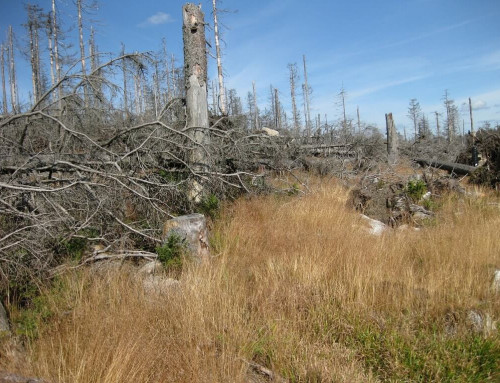
Ox drawn ploughs are used by some small scale mixed farmers. Image credit BBC
ZIMSEC O Level Geography Notes:Agriculture:Farming types in Africa:Characteristics and methods of small scale mixed farming
- The characteristics and methods of small scale mixed farming are uniform across the face of Africa.
- The land owned by the peasant farmers is very small ranging from a quarter to 5 hectares.
- This was a result of colonialism where the colonisers took large pieces of land to create commercial farms and leaving the indigenous population with very little land.
- Another result for the small pieces of land was sub-division and fragmentation over the years by household heads to their heirs.
- These small pieces of land have been farmed for decades if not centuries with the result that they are now eroded, infertile, barren and bare.
- There is little crop rotation as people practice monoculture to produce the staple food crop year-in and year-out.
- On these small pieces of land, capital investment is very low as the farmers are poor.
- The machinery used is backward and other inputs are traditional and scarce as population is increasing.
- Animals are grazed in open pasture in winter or summer and is only stall-fed if it is about to be sold.
- In some areas, watering points for animals are far and in-between.
- Herdboys have to drive the livestock 10-15 km daily to water them.
- In summer the animals are healthier as natural pasture is in good shape but in winter once crop residues have been exhausted as fodder and water is scarce, the animals quickly deteriorate in quality with a lot dying in the season.
- Dip tanks are far from home steads with an average of one serving 15 000-20 000 cattle.
- At times the dip tank does is not functional and the animals suffer from tick-borne diseases.
- The livestock number have declined drastically from an average of 30 to a homestead to about five.
- This is due to persistent drought in Zimbabwe and other African countries or due to the fact that cattle and goats are sold to raise money for the education of children in the home or for other household need like food and clothing.
- This farming system is dependent upon natural rainfall because the farmers have very little capital with which to harness water for irrigation.
- Consequently, it is called dry land farming and depends largely on the course of nature.
- If disasters like drought and floods strike, the farmers lose everything and starvation sets in.
- The farmer’s calendar in Zimbabwe, for example, is determined by the seasons.
- Small-scale farmers, for example, those in Zimbabwe face numerous problems and these can be categorized into two, namely land and capital.
| Land (Crop production) | Inputs | Processes | Outputs |
|---|---|---|---|
| Settlement and Transport | small land | ploughing by oxen or tractors | food crops |
| Communal grazing | Large family labour | planting by hand or seed drills | cash crops |
| Little capital | weeding using hoes | capital |
|
| Few insectcides | harvesting manually thrashing and winnowing drying | manure |
|
| Natural rainfall | transporting | meat | |
| Few skills | storing | milk |
|
| machinery-ploughs, hoes, sickles, knives, machetes | marketing | hides and skins |
|
| manure, ashes and humus | crop residues | ||
previous years seeds | |||
| Less irrigation | |||
| small scale | |||
| cattle, goats, sheep,donkeys | overgrazing | desertification poor quality livestock |
To access more topics go to the O Level Geography Notes page



